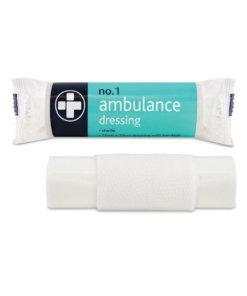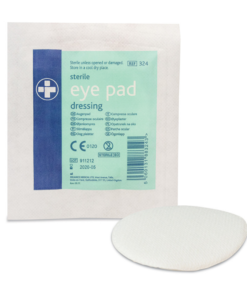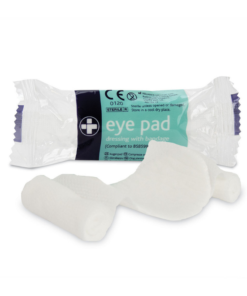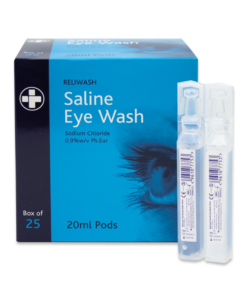Description
Description
The Rebreath Resuscitation Aid is a keyring that contains one resuscitation device with a one-way valve. It is used to provide a barrier between the user and a casualty while giving mouth-to-mouth resuscitation, and is ideal for carrying on person, while training or to include in first aid kits. This is a simple tool that could help to save a life. The Rebreath Resuscitation Aid is easily compact, and can be easily stored on any keyring, such as your car or house keys. For single use only.
Uses
The Rebreath Resuscitation Aid is used to provide a barrier between the user and a casualty while giving mouth-to-mouth resuscitation.
Application
For an adult:
Priorities:
• Assess the situation – do not put yourself in danger
• Make the area safe
• Assess all casualties and attend any unconscious casualties first
• Send for help – do not delay
Check for a response:
• Gently shake the casualty’s shoulders and ask loudly: Are you all right?
• If there is no response, your priorities are to:
o Shout for help
o Open the airway
o Check for normal bleeding
o Take appropriate action
Follow the A, B, C’s:
A: Airway
• To open the airway, place your hand on the casualty’s forehead and gently tilt the head back
• Lift the chin with two fingertips
B: Breathing
• Look, listen and feel for normal breathing for no more than 10 seconds:
o Look for chest movement
o Listen at the casualty’s mouth for breath sounds
o Feel for air on your cheek
• If the casualty is breathing normally:
o Place in the recovery position
o Get help
o Check for continued breathing
• If the casualty is not breathing normally:
o Get help and call for an AED if available
o Start chest compressions
C: CPR
• To start chest compressions, lean over the casualty and with your arms straight, press down on the centre of the breastbone 5 – 6cm, then release the pressure
• Repeat at a rate of 100 – 120 times a minute
• After 30 compressions, open the airway again
• Apply the resuscitation aid
• Make sure that the airway valve is over the open mouth
• Blow strongly through the valve to inflate the casualty’s lungs and watch for the chest rising
• Give 2 breaths through the resuscitation aid and continue this process in a ratio of 30 compressions: 2 breaths until qualified help takes over, or the casualty starts breathing normally
For a child:
• Follow the above steps but use the heel of one hand on the breastbone when doing compressions.
• Continue this process in a ratio of 30 compressions: 2 breaths until qualified help takes over, or the child starts breathing normally.







